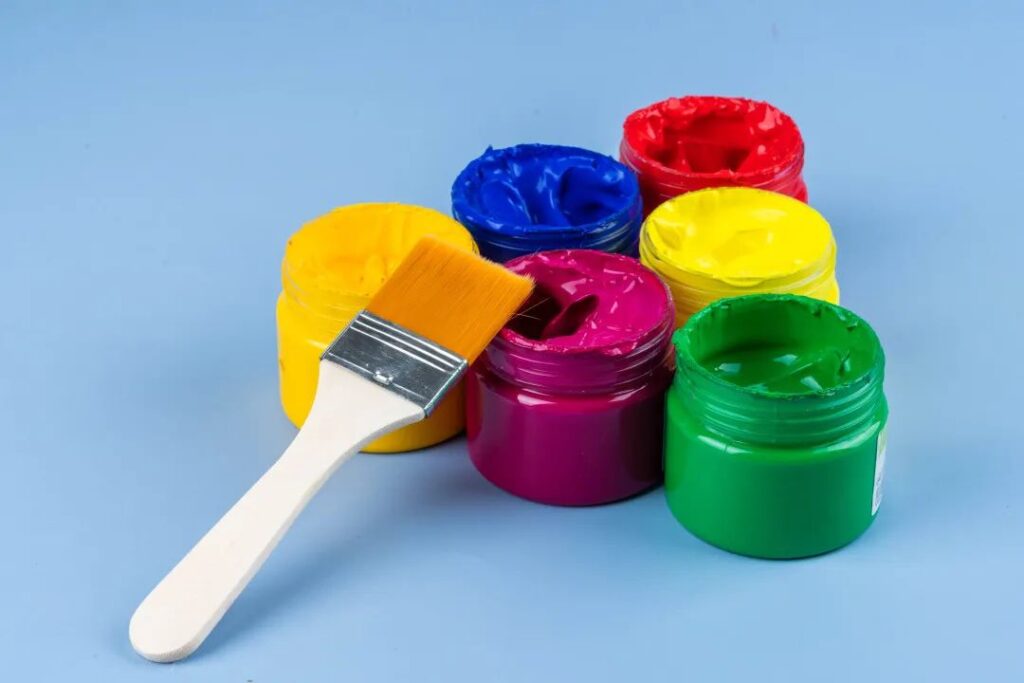Water-based paint is also the first choice product when we decorate our homes, because its material is environmentally friendly and it is also very good for our decoration. But the material composition inside is also very particular, among which dispersant is indispensable. With it, our decoration will be more effective.
What are the functions of water-based paint dispersants?
- This kind of substance improves the gloss and increases the leveling effect. The gloss is actually the most important. Also, it depends on the scattering of light on the surface of the paint (that is, a certain flatness is enough. Of course, a testing instrument is needed to determine whether it is flat enough. Not only the number and shape of the primary particles are considered, but also their combination method. When the particle size is smaller than the incident When the light is 1/2, the gloss will no longer increase.
- From the perspective of use, in the same way, the covering power relies on scattering to provide the main covering power. It is also very important. Nor will it increase. Note: The incident light refers to the range of visible light. It is not possible to say leveling; but please note that the reduction in the number of native particles reduces its structural viscosity, but the increase in specific surface will reduce the amount of free resin, but generally powder coating leveling is not The finer the better.
Characteristics of water-based coatings
- First of all, the dispersants used in water-based coatings must be water-soluble. You need to know that they are selectively adsorbed to the interface between the powder and water. The most commonly used ones are anionic types, which ionize in water to form anions, have certain surface activity, and are adsorbed on the surface of the powder. After the dispersant is adsorbed on the surface of the powdery particles, a double electric layer is formed. The anions are tightly adsorbed on the surface of the particles and are called surface ions. Oppositely charged ions in a medium are called counterions. They are electrostatically adsorbed by surface ions, and they are called bound counterions.
- Also, they become a moving whole in the medium and carry a negative charge. You need to know that another part of the counter ions are surrounded by them. They are called free counter ions and form a diffusion layer. This forms an electric double layer between surface ions and counterions. Electrokinetic potential: The negative charge of the particles and the positive charge of the diffusion layer form a double electric layer, which is called electrokinetic potential. Thermodynamic potential: The electric double layer formed between cations, the corresponding potential.
- Furthermore, it is the electrokinetic potential rather than the thermodynamic potential that plays a role in dispersion, giving us good results. The charges in the electrokinetic potential are unbalanced and there is charge repulsion, while the thermodynamic potential is a charge balance phenomenon. If the concentration of counter ions in the medium increases, the free counter ions in the diffusion layer will be forced into the bound counter ion layer due to electrostatic repulsion. In this way, the electric double layer will be compressed and the electrokinetic potential will decrease. When all the free counter ions become bound, After the counter ions are removed, the electrokinetic potential is zero, and the system has no stability and flocculation occurs.
- Finally, the steric hindrance effect forms a stable dispersion system. In addition to the use of electrostatic repulsion, there is also the negative charge adsorbed on the particle surface that repels each other to prevent the adsorption/aggregation between particles and the final formation of large particles. In addition to stratification/sedimentation, the theory of steric hindrance effect must also be used, that is, when the particles with adsorbed negative charges are close to each other, they are caused to slide and stagger each other. This type of surfactant that acts as steric hindrance is generally non-ionic. Surfactant. That is, a highly stable dispersion system can be formed.

